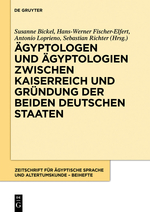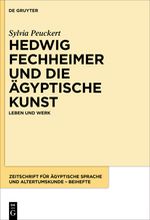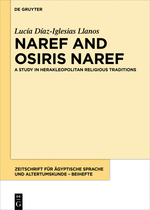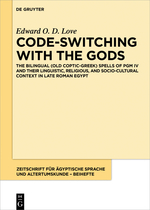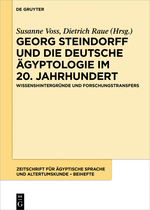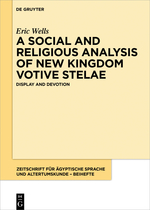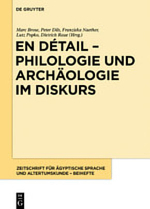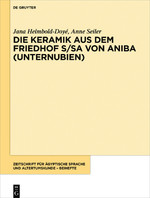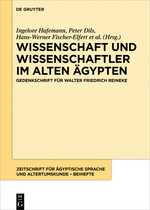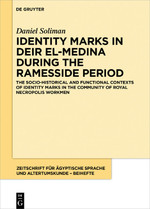The ZÄS publishes articles in German, English and French on the entire field of Egyptology, including demotic studies and the neighbouring disciplines of Coptology and Meroitic studies. Its essays and miscellanies deal with all questions of language, history, religion, literature, art and material culture of ancient Egypt and its effects on the surrounding and posterity.
The oldest Egyptological journal in the world
The ZÄS is edited by:
Prof. Dr. Susanne Bickel (Basel), Prof. Dr. Hans-W. Fischer-Elfert (Leipzig), Prof. Dr. Antonio Loprieno (Basel) and Prof. Dr. Stefan Pfeiffer (Halle) at the publishing house De Gruyter, Berlin.
Subscribers to the Zeitschrift für Ägyptische Sprache und Altertumskunde can also view the essays of all issues in digital form on the pages of the de Gruyter publishing house. Corrigenda can be found under "Ahead of print".
Information on the current issue can be found on the publisher's page.
- The Zeitschrift für ägyptische Sprache und Altertumskunde (ZÄS), the world's first specialist Egyptological journal, was founded by Heinrich Brugsch in 1863 and edited by Brugsch's teacher Richard Lepsius from 1864.
- After Lepsius' death in 1884, the journal was continued by Heinrich Brugsch, who was assisted by Ludwig Stern (until 1888) and Adolf Erman (from 1889) as co-editors.
- Shortly before Brugsch's death in 1894, Georg Steindorff, who had presided over the Egyptological Seminar at the University of Leipzig since 1893, became an associate. The Hinrich'sche Verlagsbuchhandlung, so important for Egyptology and Oriental Studies, was also located in Leipzig and had published the ZÄS since its foundation.
- From 1907, Steindorff was the sole editor of the journal for almost thirty years. His brilliant era ended abruptly with his forced retirement under the Nuremberg Race Laws and the resignation from his posts forced on him by some colleagues.
- In 1935 he had to hand over the editorship of the ZÄS to Walther Wolf, who finally became its sole editor in 1938.
- The journal ceased publication with issue 1 of 1943 due to the war.
- When Fritz Hintze and Siegfried Morenz re-founded the ZÄS in 1954 - eleven years after the war-related cessation of publication and three years after Steindorff's death in American exile - they restored the journal to its position in Egyptology not only through their energy and professional authority but also through their personal integrity. It was now published by the Akademie Verlag in Berlin, which still publishes it today.
- After Morenz's early and sudden death in 1970, Fritz Hintze in Berlin, at that time the only full professor of Egyptology in the GDR, initially edited ZÄS alone, while the editorial office remained at the Leipzig Egyptological Institute.
- In 1987, Elke Blumenthal was engaged by Hintze as co-editor.
- In 1992, shortly after the political changes in the GDR, Erik Hornung, full professor at the Basel Egyptological Seminar, joined the team.
- Since the death of Fritz Hintze in 1993, the editorship of the ZÄS has only been associated with the Egyptological Institutes in Leipzig and Basel.
- In 2000, Elke Blumenthal's successor Hans-W. Fischer-Elfert was associated as editor, in the following year 2001 Antonio Loprieno, Erik Hornung's successor at the Basel Egyptological Seminar.
- After twenty years as editor of the ZÄS, Elke Blumenthal retired in 2007 from the responsibility she had so long and intensively exercised. She was replaced in 2008 by Sebastian Richter, who had edited the ZÄS since 1999.
- In 2009 Susanne Bickel was co-opted as the fourth editor. In 2020, Sebastian Richter handed over his place to Stefan Pfeiffer.
